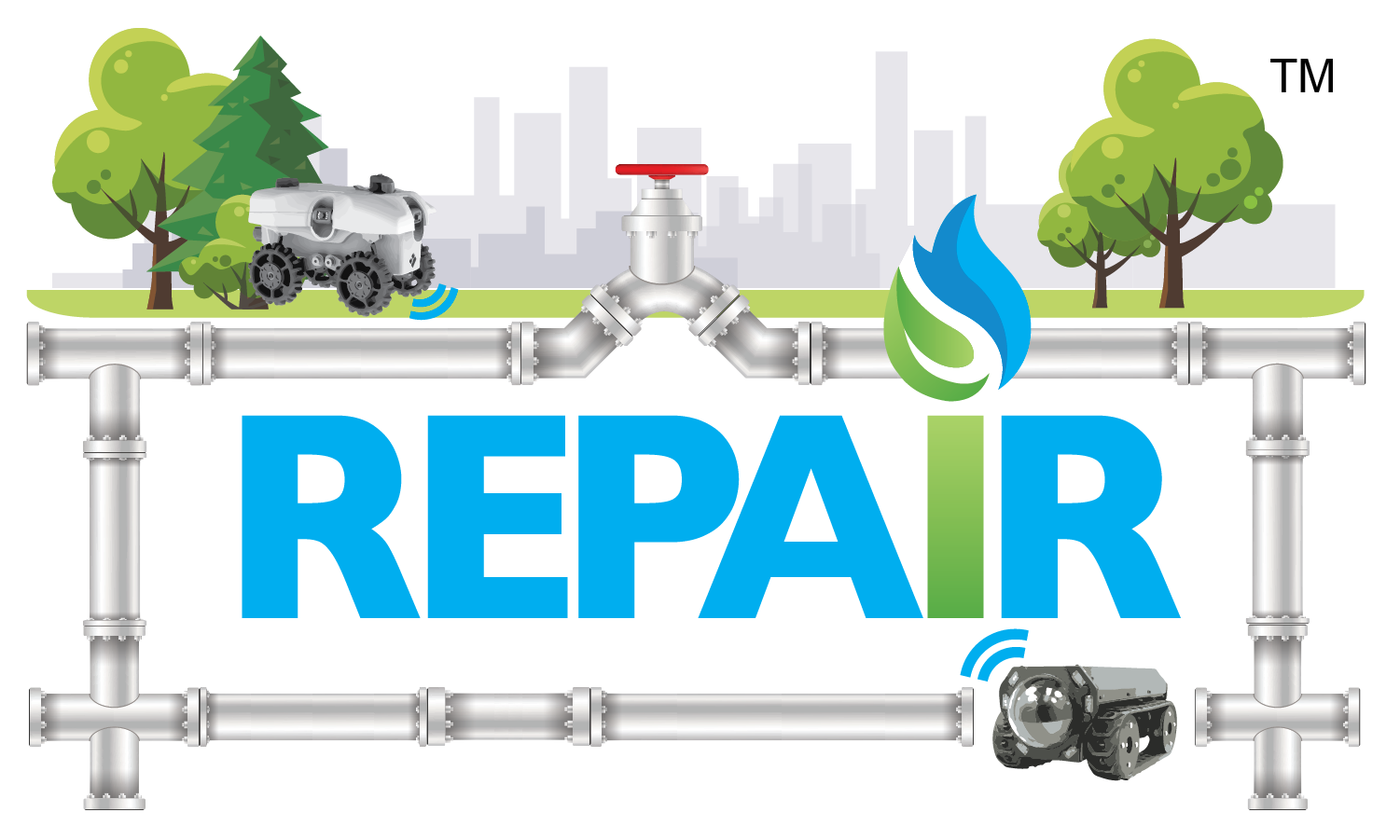
Department of Energy Announces $33 Million for Natural Gas Pipeline Retrofitting Projects
WASHINGTON, D.C. – The U.S. Department of Energy today announced $33 million in funding for 10 projects as part of the Advanced Research Projects Agency-Energy’s (ARPA-E) Rapid Encapsulation of Pipelines Avoiding Intensive Replacement (REPAIR) program. REPAIR teams will develop natural gas transmission pipeline retrofitting technology to rehabilitate existing cast iron and bare steel pipes by creating new, robust pipes inside of old ones.
“Enhancing America’s energy infrastructure, particularly for our abundant, reliable and affordable natural gas, is one of the highest priorities of this Administration,” said Under Secretary of Energy Mark W. Menezes. “The United States is now the world’s largest producer of oil and natural gas, and natural gas exports have quadrupled since President Trump took office. In order to keep up with this growing industry, it is imperative we modernize and build out infrastructure to safely and efficiently bring this product to market.
“Natural gas is a crucial energy source for 75 million American households and businesses,” said ARPA-E Director Lane Genatowski. “REPAIR teams will develop technology that enables gas utilities to update their distribution systems at low cost and continue to reliably service commercial and residential gas delivery needs nationwide.”
The selected REPAIR teams are developing smart coatings, robotic systems to line the inside of pipes, inspection tools to verify the integrity of the pipes, and mapping tools to enable 3D renderings of pipes and adjacent underground infrastructure. Technologies developed through these projects are working to extend the life of rehabilitated pipes by a minimum of 50 years and ensuring they have sufficient material properties to operate without reliance on the exterior pipe, all while meeting utility and regulatory requirements for use in natural gas distribution pipes.
Legacy pipes are still in use today and make up roughly 3% of distribution pipes in use. These legacy pipes account for a disproportionate number of leaks compared to modern infrastructure. REPAIR teams are developing technologies to address deficiencies while also working toward a 10-to-20-times reduction in cost per mile.
A sampling of REPAIR projects can be found below; for the full list of projects click HERE.
University of Colorado, Boulder – Boulder, CO
Testing and Analysis of Pipeline Encapsulation Technologies - $5,400,000
The University of Colorado Boulder will lead a multi-institutional team to develop a data-driven framework of physical testing and modeling to enable the gas industry to better evaluate products to rehabilitate cast iron and steel natural gas pipes and enhance their performance and longevity. The objective is to validate a 50-year design life for innovative pipe-in-pipe (PIP) systems by developing numerical, analytical, and physical testing protocols. Attributes of each approach are merged to deliver a comprehensive framework for PIP technologies composed of a variety of materials and deposition methods. University of Colorado Boulder’s framework characterizes failure modes and establishes performance criteria for pipe replacement technologies to support recommendations for PIP material properties suitable for acceptable design-life performance.
University of Delaware Center for Composite Materials – Newark, DE
TuFF Internal Wrap for Rapid Pipeline Repair (TuFF iWRAP) - $5,954,637
The University of Delaware has created the “TuFF internal WRAP for Rapid Pipeline Repair” (TuFF iWRAP) program, establishing a novel composite material feedstock and robotic placement process to fabricate stand-alone structural pipe within existing pipelines. The project’s innovation is enabled by a low-cost, high-performance, and conformable short fiber feedstock based on the Tailorable universal Feedstock for Forming (TuFF) material. A two-step repair strategy is proposed, where straight and slightly curved pipe sections will be internally wrapped and then repaired using complex geometry pipe transitions, such as T-joints, diameter reductions, and steep bends. A new robotic-based design will be deployed for straight sections, allowing for continuous placement of the TuFF material and creating a stand-alone structural liner within the legacy pipeline without shutting it down. The material is supplied nonstop using a tethered material feeding system and is placed and UV-cured with the internal Wound Rapid Automated Placement (iWRAP) system. If successful, the TuFF iWRAP project would lower costs by 50%, extend the length of pipe repair sevenfold, and reduce societal costs by maintaining gas delivery to customers during repair.
###
